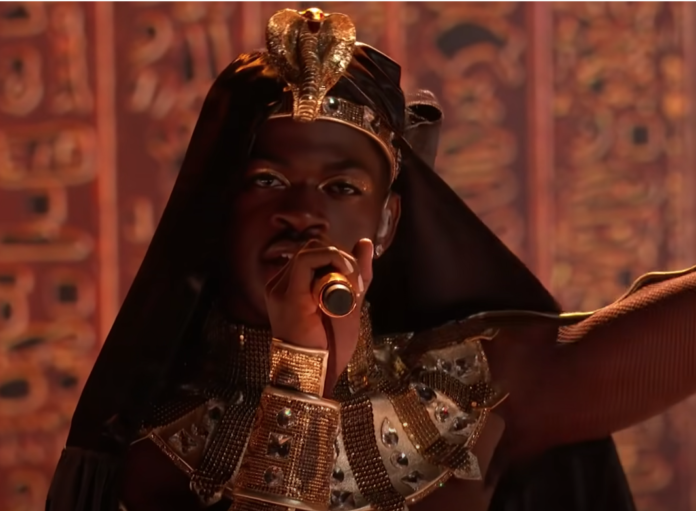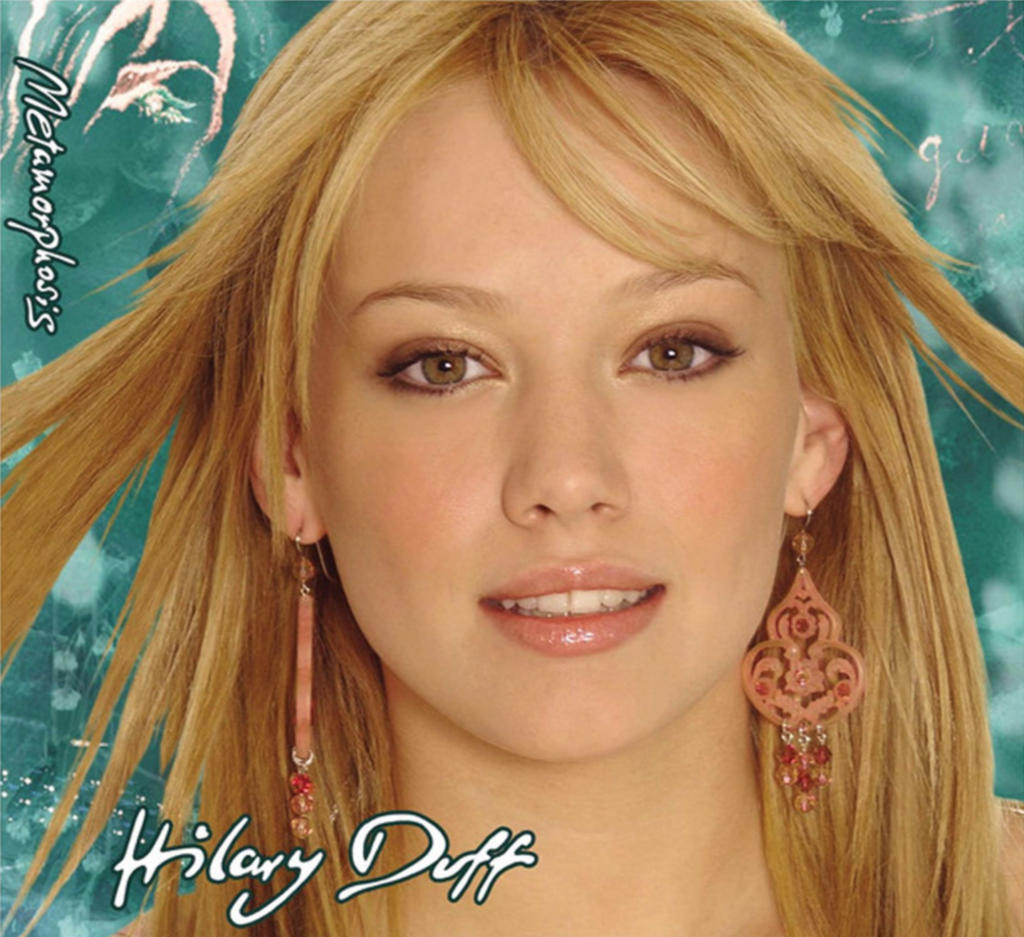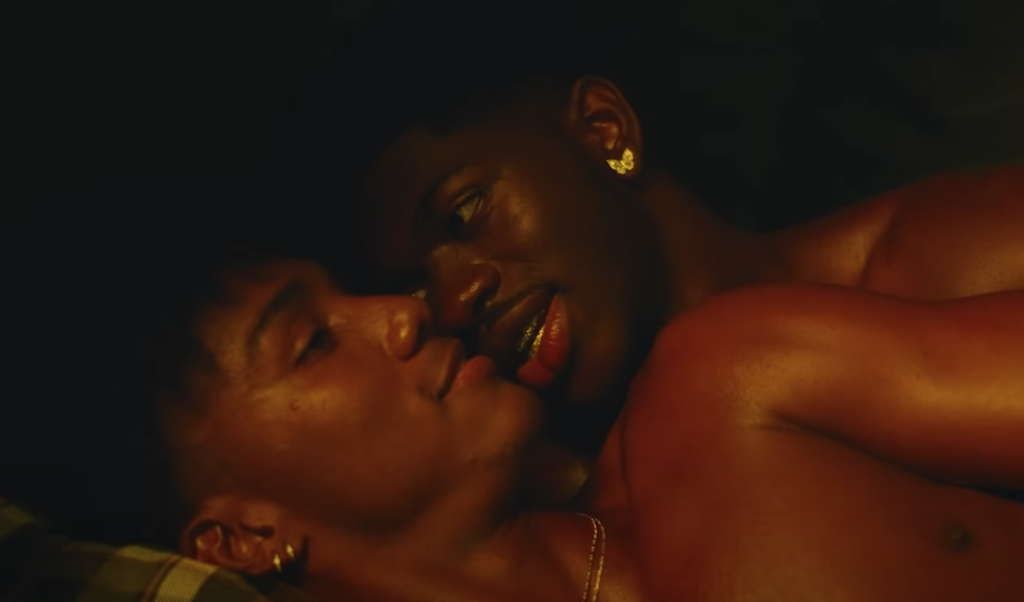“Virtually every writer I know would rather be a musician.”
– Kurt Vonnegut
I grew up in the 2000s, an era which I consider to be the absolute apex of Western pop culture. Back when the “M” in MTV actually stood for “music,” when the MTV Video Music Awards (ditto to its European counterpart) was the coolest, most raucous award show to tune in to because that’s where that era’s brand of shameless decadence and debauchery would be in full, hours-long display.
As a burgeoning queer kid growing up in the suburbs of Jakarta, Western pop culture was my refuge, solace, and gateway drug all at once. It presented (and represented) something larger than life. 2000s era pop culture’s maximalist ethos meant that every music video, every award show performance, every red carpet look was an event – and I would happily devour every last bit of it.
Not just wanting to be in its proximity, I had this crazy idea that I, too, wanted to be one of those pop stars myself. But this was also a time when the phrase “pop star” carried a certain connotation: Western (usually American), White, blond, skinny. (If you were a female star, you’d ideally be a size zero and baring your midriff at every turn.) Most importantly, you’d have to be heterosexual.
Soon enough, I learned that there was no place for someone like me in that world. How was I, an awkward, overweight gay boy hailing from some random country in the Far East with uneven, yellowish teeth, barely proficient English, and not so much an exceptional musical talent but a blind ambition going to fit in the “pop star” lexicon?
I remember being obsessed with Hilary Duff in my early teens, purchasing her Metamorphosis album, noticing how perfectly white and lined her teeth were on the album cover and how pretty and lean she looked in the promo shots, and thinking to myself, “How am I going to measure up against THAT?”
Well, I never was – nor did I ever stand a chance anyway.
Despite notebooks and folders of lyrics I’ve kept since my teens and sporadic attempts at launching a music career, I never did become a “pop star.” Somehow, and without meaning to, I became a writer instead.
***
In 2001, the concept of “gay pop star” or “lesbian pop star” was unthinkable at best and unfathomably scandalous at worst. Sure, you had the likes of Elton John, George Michael, Melissa Etheridge, or k.d. lang, but not only were they not exactly Pop with a capital “P” they were also more of statesmen and stateswomen of rock n’ roll whose output I wasn’t necessarily connecting with. Ricky Martin was far from being out, as was NSYNC’s Lance Bass.
There really was nobody contemporary, around my age or let alone younger than me – as Lil Nas X is – in mainstream pop, except perhaps when UK Pop Idol winner Will Young burst onto the scene or Irish boyband Westlife’s Mark Feehily came out (bear in mind Westlife remains a very big deal in Asia despite their unknown status in North America). But those two weren’t necessarily making invigorating creative turns or provoking the culture the way that Lil Nas X is at present.
As the 2010s rolled around, coupled with the slow and steady collapse of the major label system, poptimism began to upend rockism as the zeitgeist and the lines between “mainstream” and “indie” became increasingly blurred. Just a couple of years into the new decade, Frank Ocean rose as a beacon of credible artistry and queer visibility. Sam Smith was the clean-cut, sensitive homo your parents could get into. And Troye Sivan and Years & Years’ Olly Alexander emerged as the quintessential premium twinks whose gayness was front and center in their respective oeuvres.
The girls were at it too: Tegan & Sara, who in the 2000s were probably the most prominent purveyors of lesbianist emo in indie rock, overhauled their sound and began to revel in joyous, synth-heavy, unabashed pop. Shura and Christine and the Queens provided a dreamier and certainly more European twist to moody, bouncy synth-pop. Hayley Kiyoko was baptized as the “Lesbian Jesus,” while Rina Sawayama offered a mish-mosh of Y2K looks and sounds in her impossibly cool mélange of British and Japanese aesthetics.
Ironically enough, as the stranglehold of major platforms like MTV began to wane and the hallmarks and markers of pop culture grew all the more segmented, this new crop of queer pop stars was thriving. For a minute, it was extremely exciting to see people around my age (Alexander, Kiyoko, and Sawayama, in particular) living out the Y2K pop dreams that they – and I, for that matter – didn’t get to live out in real-time, simply because there didn’t seem to be a place for people like us in pop music. The culture simply wasn’t ready for out-and-out queerness yet, in all of its colored hair and nails, flamboyantly skimpy and raunchy outfits, and choreography galore.
So when Lil Nas X got on stage to scoop up his Video of the Year trophy at the 2021 MTV VMAs and giddily proclaimed, “I want to say thank you to the Gay Agenda. Let’s go, Gay Agenda!” I chuckled. “Gay Agenda” had long circulated as an Internet joke, but to hear it said – yelled, really – out loud on an internationally televised platform by an openly gay and Black pop star winning the highest honor at said platform (the VMAs’ decline in quality and viewership notwithstanding) was a moment.
The Video of the Year winner at the 2001 MTV VMAs was the iconic “Lady Marmalade” remake by Christina Aguilera, Mya, Pink, Lil’ Kim, and Missy Elliott, a video so scandalous for its time that it never aired in its entirety on MTV Asia (as was the case shortly after with Christina Aguilera and Redman’s “Dirrty”). 20 years later, “Montero (Call Me by Your Name)” was causing a similar type of ruckus, leading to parents clutching their pearls and essentially chanting “B-but what about the children?!” ad nauseam, a yawn-inducing exercise I genuinely assumed had long become archaic in the intervening two decades.
I looked back on how cool it would have been for my 10-year-old self to witness that type of proclamation uttered so casually by someone who was defying all odds and in his own way redefining the notion of a “pop star.” Would I have hung on to that moment for dear life and let it delude me more fervently so as to believing I, too, stood a chance at becoming that type of pop star? Would it have made me think that perhaps there was a seat for me at that table?
Pop culture consumption essentially traffics – and thrives – in a lot of vicarious living. So I figured since I have yet to live out my gay pop star bonanza of a pipe dream, the next best thing is to give my inscribed flowers to someone who’s doing just that … and then some.
***
Somebody had to be the first to pull off all this provocative, irreverent gay shit, and I’m delighted that it’s Lil Nas X.
For all of pop culture’s pro-queer posturing in recent times, pop artists who are unabashedly, incontestably queer not only in their content but also presentation are still typically relegated to its fringes – more Billboard Pride material rather than Billboard Hot 100, if you will.
Perhaps especially in pop music, each time an up-and-coming artist comes out as queer, they risk being treated as the token queer artist whose “visibility” is an important “representation” for the queer community. But the queer community isn’t a monolithic group; there are as many different kinds of queer people – and artists – as there are their non-queer counterparts. While I very much understand the necessity of highlighting these regrettably still oft-marginalized descriptors, at times I couldn’t help but wonder: do entities like, say, Billboard Pride actually help the cause or ghettoize queer artists, and therefore queerness itself, instead?
Lil Nas X, to me, is living proof that it is possible to bypass these gatekeeping practices and fuck shit up altogether, as if to say, “I’m going to get my seat at this table and I’ll be in your face the whole time I’m doing it.”
Just before his full-length début Montero dropped, Lil Nas X unleashed the video for the punchy and anthemic “That’s What I Want.” In the space of fewer than three minutes, he manages to cram in a (safe) sex-with-the-jock fantasy, a Brokeback Mountain spoof, and a bride-in-distress act à la Sinéad O’Connor in “No Man’s Woman.”
That the video came out hot on the heels of a hilarious fake pregnancy stunt, in addition to strategically placed billboard ads spoofing anti-gay and conservative sentiments, was a truly unprecedented move in pop and hip-hop, by a gay and non-White act to boot.
I prefer to do away with excessive identity politics these days, but there truly hasn’t been anyone of Lil Nas X’s descriptors to have done anything quite as he has. Pop music, especially in the US, has become so accustomed to women as its leading provocateurs (there’s a reason why we hear “Main Pop Girl” more often than “Main Pop Guy”), but Lil Nas X has been showing us just in the past couple of years alone that there are, in fact, still uncharted pop waters to tread.
Perhaps this was the impetus behind Mariah Carey’s playful, congratulatory tweet to Lil Nas X just as “Old Town Road” was declared the longest-standing number-one hit in the US. Or why I’m writing this celebratory piece of an artist whom I believe to be among the most thrilling and genuine groundbreakers in the streaming age, where it’s all too easy to get lost in algorithm-driven conformity. Somebody had to be the first to pull off all this provocative, irreverent gay shit, and I’m delighted that it’s Lil Nas X.


